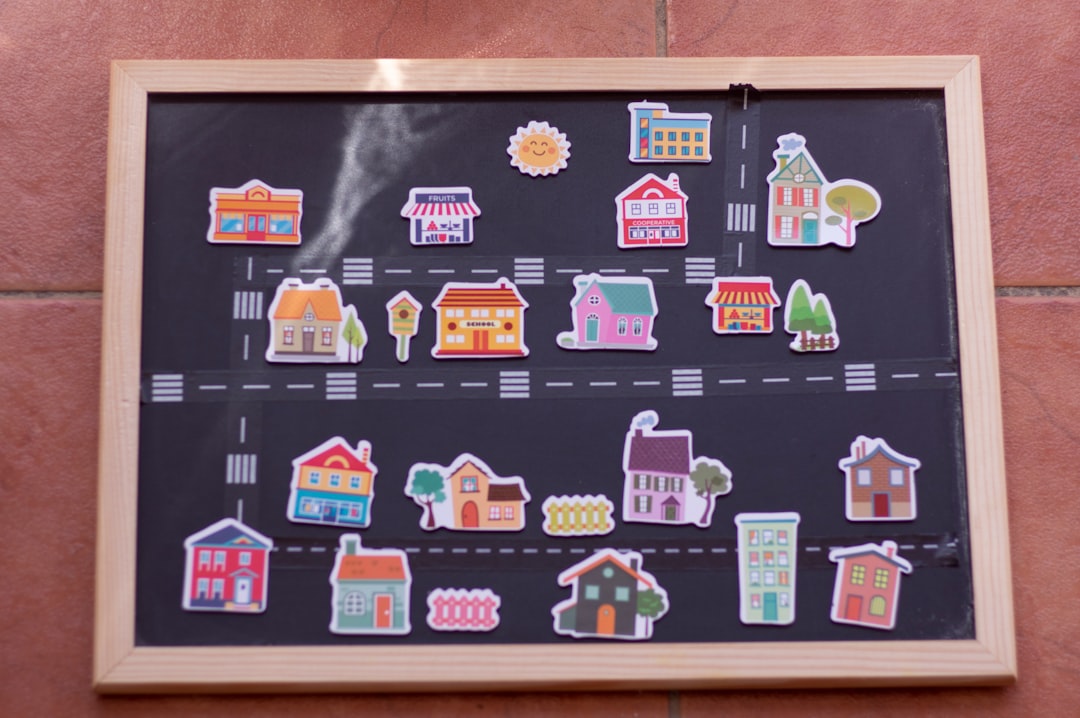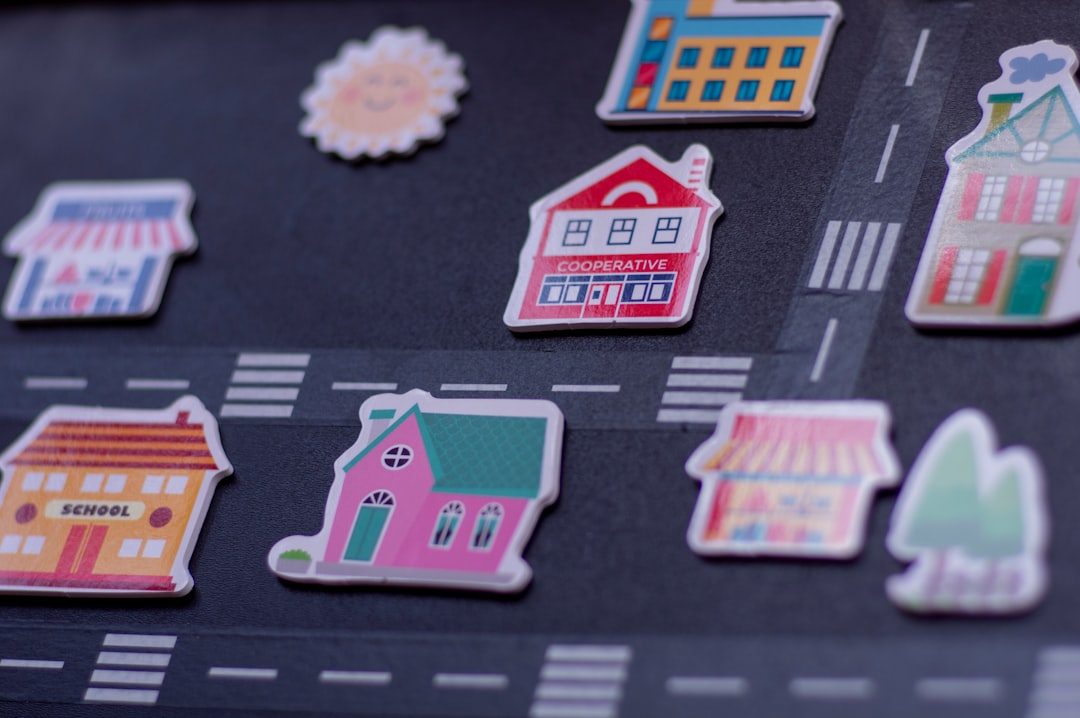In the dynamic world of self-publishing, authors need to leverage every tool at their disposal to make their books stand out. One such tool is infographics, a powerful visual medium that can communicate complex information quickly, clearly, and effectively. Not only can infographics enhance your book's appeal, but they can also play a crucial role in your marketing strategy. This guide will help you unlock the potential of infographics in marketing your self-published book, providing you with visualization strategies, design tips, and effective distribution channels.
- Understanding the Power of Infographics
- Creating Effective Infographics
- Distributing Your Infographics
- Conclusion
Understanding the Power of Infographics
Why Infographics?
Infographics are a fusion of information and graphics. They are designed to present information in a visually engaging way that captures and holds the viewer's attention. In the context of book promotion, infographics can be used to highlight key points, reveal interesting facts, or visualize data related to your book.
Infographics are powerful promotional tools for several reasons. Firstly, they are highly shareable. Social media users are more likely to share visually engaging content, and infographics fit the bill perfectly. Secondly, they can help increase your online visibility. When shared widely, infographics can drive traffic to your website or book listing, boosting your SEO efforts. Lastly, they can help establish your authority. Well-designed, informative infographics can position you as an expert in your field, enhancing your credibility among readers.
The Impact of Visual Content
Visual content, such as infographics, has a significant impact on audiences. According to a study by MIT, the human brain can process images in as little as 13 milliseconds, much faster than text. This means that people can understand and remember visual content better than text-based content. In fact, people remember 65% of the information they see in visuals three days later, compared to only 10% of the information they read in text form.
Moreover, visual content is more likely to engage audiences and prompt them to take action. For example, content with relevant images gets 94% more views than content without images. Similarly, infographics are liked and shared on social media three times more than any other type of content. This makes visual content, particularly infographics, a powerful tool for book promotion.
Related Posts:

Harness the Power of Instagram for Book Promotion: A Comprehensive Guide for Self-Published Authors
Master the art of Instagram marketing designed for self-published authors. Embrace strategies from post aesthetics, IGTV, Stories, Reels, to increasing engageme…
Creating Effective Infographics
Designing for Your Audience
The first step in creating an effective infographic is to understand your audience. Who are your readers? What are their interests, needs, and preferences? What kind of information would they find valuable or interesting? The answers to these questions will guide your design process.
For instance, if your book is a historical novel, your readers might appreciate an infographic that visualizes the timeline of events in your story. If your book is a self-help guide, your readers might find an infographic summarizing your key advice helpful. Remember, the goal of your infographic is not just to promote your book, but also to provide value to your readers.
Visualizing Your Content
Once you've identified the information you want to present, the next step is to visualize it. This involves choosing the right type of infographic for your content. There are several types of infographics, including statistical infographics, timeline infographics, process infographics, and comparison infographics. Choose the type that best represents your information.
For example, if you're presenting a lot of data or statistics, a statistical infographic would be appropriate. If you're explaining a process or sequence of steps, a process infographic would be suitable. When visualizing your content, remember to keep it simple and clear. Avoid cluttering your infographic with too much information or too many elements.
Distributing Your Infographics
Leveraging Social Media
Social media platforms are ideal for sharing infographics due to their visual nature. Platforms like Instagram, Pinterest, and Facebook are particularly effective. For instance, you can post your infographic on Instagram and use relevant hashtags to increase its visibility (Harness the Power of Instagram for Book Promotion: A Comprehensive Guide for Self-Published Authors). Similarly, you can pin your infographic on Pinterest, where it can be discovered and shared by users interested in your topic.
In addition to posting your infographic on your own social media profiles, consider reaching out to influencers or bloggers in your niche. They might be willing to share your infographic with their followers, expanding your reach.
Incorporating into Email Marketing
Email marketing is another effective channel for distributing your infographics. You can include your infographic in your newsletter or send it as a standalone email to your subscribers (How do I use email marketing for book promotion?). This not only provides valuable content to your subscribers but also encourages them to share your infographic with others.
Moreover, you can use your infographic as a lead magnet to grow your email list. For example, you can offer a high-resolution version of your infographic as a free download in exchange for the visitor's email address. This not only helps you grow your email list but also increases the chances of your infographic being shared.
Conclusion
Infographics are a powerful tool for promoting your self-published book. They can help you communicate complex information in a visually engaging way, increase your online visibility, and establish your authority. By understanding your audience, designing effective infographics, and leveraging the right distribution channels, you can unlock the full potential of infographics in your book marketing strategy. So, start visualizing your content and see the difference it makes in your book promotion efforts.



